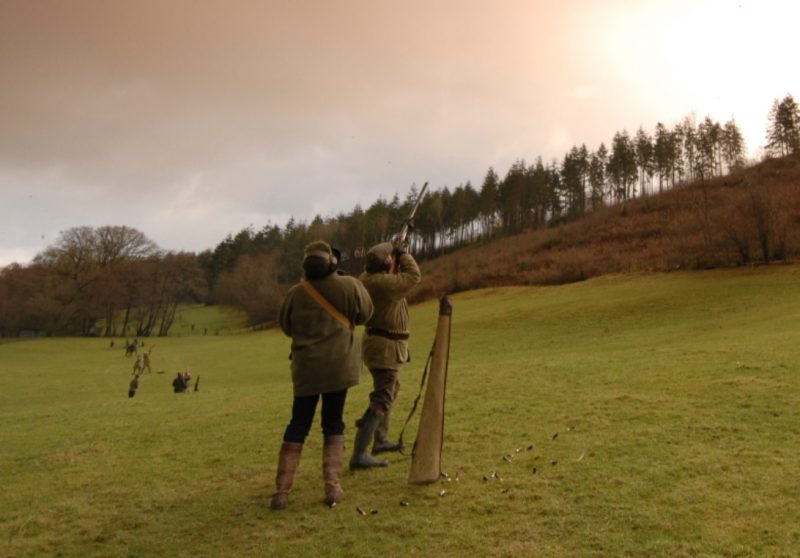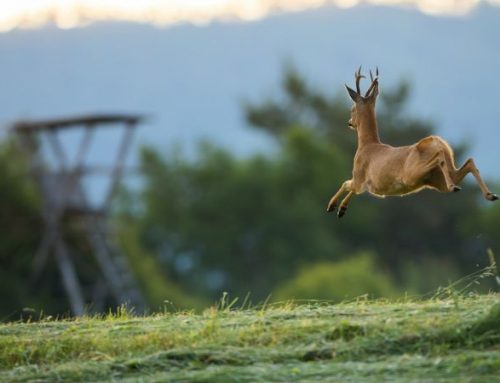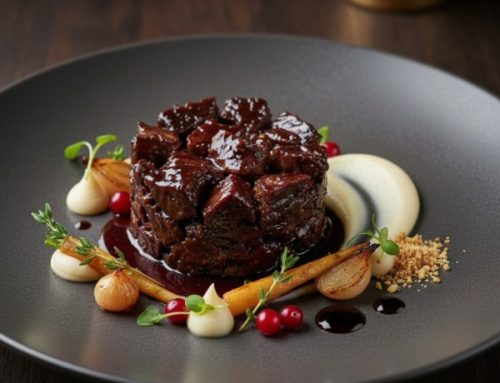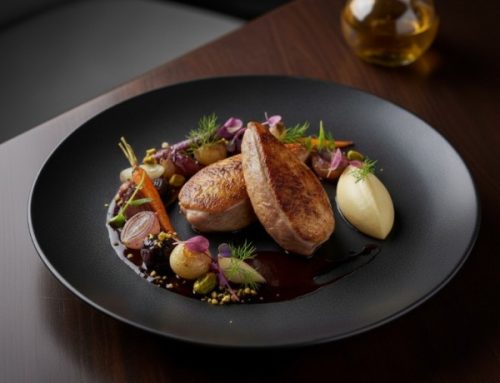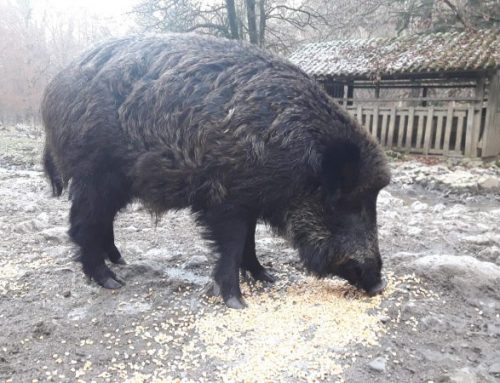Pheasant hunting in Italy is not just a pastime; it’s a practice steeped in tradition, a celebration of skill, and a way of life for many Italian hunters.
The story of pheasant hunting dates back centuries, intertwining with Italy’s agricultural and rural heritage, and continues to hold a revered place in the country’s hunting culture.
A Glimpse into the History of Italian Pheasant Hunting
The common pheasant (Phasianus colchicus), originally native to Asia, arrived in Europe centuries ago. In Italy, the bird was introduced by the Romans, who valued pheasants both as a prized table delicacy and for the challenge they presented as game. As pheasants adapted to Italy’s warm climate and diverse landscapes, they became deeply rooted in rural traditions, particularly in the northern and central regions, where they continue to thrive.
During the Renaissance, Italian nobility began establishing game preserves where pheasants could be bred, hunted, and eventually served at grand banquets. Hunting became a symbol of status, and estates across Tuscany, Emilia-Romagna, and Lombardy stocked pheasants to host elaborate hunts for local aristocrats and distinguished guests. Over the centuries, pheasant hunting developed into a rural custom enjoyed by locals, marking the beginning of a longstanding tradition that would shape Italian hunting culture.
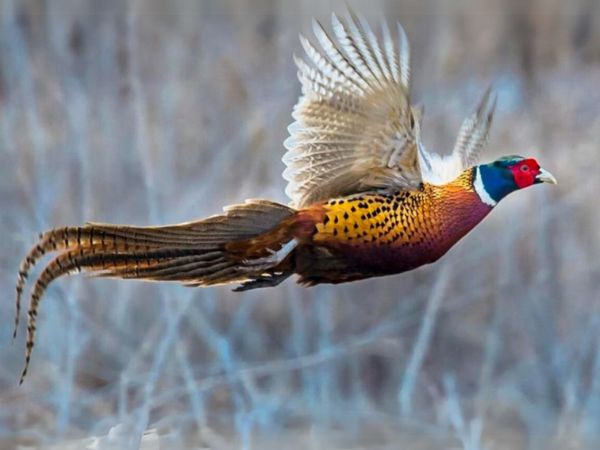
Pheasant Habitat and Population in Italy
Today, pheasants are widespread across Italy, thriving in open plains, farmland, and the wooded hills of Tuscany, Lazio, and Emilia-Romagna. These regions are prime locations for pheasant hunting, given their abundance of cover, food, and mild winters. Starting in the 1960s, restocking efforts further bolstered Italy’s pheasant population, and responsible game management practices have ensured its continued presence in the country’s ecosystem.
Pheasants are wary and intelligent birds, well-adapted to Italian landscapes, particularly fond of olive groves, vineyards, and areas rich in vegetation where they can forage for seeds, grains, and fruits. They also seek cover in dense thickets, and in cooler months, they can be found near the edges of open fields, constantly on alert for predators.
Techniques in Italian Pheasant Hunting
Pheasant hunting in Italy can be approached in various ways, each rich in tradition and requiring a skillful hunter. The most common methods include hunting with pointing dogs or flushing dogs and participating in classic “drive” hunts.
Hunting with Pointing or Flushing Dogs: The Italian countryside is synonymous with hunting dogs, and for pheasant hunting, pointing and flushing breeds play a critical role. With the help of skilled dogs like the Italian Bracco, Spinone, and Springer Spaniel, hunters can track and flush out these elusive birds. Italian hunters often spend years training their dogs to work seamlessly in the field, forging a bond that is key to successful hunting.
A good pheasant dog must be alert yet calm, with the ability to work through dense underbrush. In Italy, the partnership between hunter and dog is seen as an art form in itself, and many hunters dedicate significant time to honing this relationship. Each season, pheasants grow more experienced, challenging dogs to track them through longer chases, while hunters remain quietly attentive, moving with careful steps as their dog scents out the quarry.
Drive Hunting: Drive hunting is a method deeply embedded in Europe’s hunting history and became popular in Italy as an import from England. In a pheasant drive, hunters line up at assigned posts, awaiting the arrival of birds driven out by beaters, who move through the landscape to flush the pheasants into flight. In Italy, this style of hunting is most commonly seen in private game reserves, especially in northern regions, where groups of hunters gather for these coordinated and social hunting experiences. The excitement of seeing a large number of pheasants take flight and the challenge of making accurate, quick shots at flying targets make drives a cherished experience for Italian hunters.
The Right Equipment for Italian Pheasant Hunting
The Italian hunting culture prizes quality equipment, and selecting the right firearm for pheasant hunting is crucial. Italian hunters often favor finely crafted shotguns that offer a balance of elegance and performance, many of which are locally produced. The Italian-made Beretta and Benelli brands are among the top choices, with models such as 828 U Upland Performance or break-action over-and-under shotguns like the Silver Pidgeon, which offer responsive handling and balanced weight.
For close-range pheasant hunting, shotguns in 12 or 20 gauge with 26-inch barrels are commonly used, while drive hunting often requires a longer 28 to 30-inch barrel with a tighter choke to increase range. Italian hunters also consider their cartridges carefully, adjusting the shot size and load based on hunting style and terrain.
Pheasant Hunting Attire and the Italian Outdoors
Pheasant hunting season in Italy typically begins in late September, a time when the countryside transforms with the colors of fall. Italian hunters dress with practicality and style, often layering with water-resistant jackets, wool sweaters, and gaiters to protect against thick brush and early morning dew. Traditional hunting attire often includes green or brown tones, blending seamlessly with the natural landscape, and features that allow comfort during long hours outdoors.
The Culinary Traditions of Pheasant in Italy
Pheasant meat is cherished in Italian cuisine, celebrated for its lean, delicate flavor, which adapts well to a variety of dishes. Known as a versatile alternative to chicken, pheasant can be incorporated into both rustic recipes and refined preparations. Some popular Italian pheasant dishes include:
Brodo di Fagiano (Pheasant Broth): A classic winter warmer, pheasant broth is prepared by simmering the bird with root vegetables, herbs, and aromatics. The broth is rich in flavor and often serves as a base for other dishes or to accompany cappelletti or tortellini stuffed with pheasant.
Arrosto di Fagiano (Pheasant Roast): This preparation highlights the delicate flavors of pheasant with simple seasoning and slow roasting. Typically, the bird is stuffed with herbs, garlic, and sometimes pancetta, enhancing its savory profile and providing a meal fit for an Italian holiday feast.
Pheasant Risotto: In Northern Italy, pheasant meat is often shredded and incorporated into risotto, adding depth and richness to the creamy rice dish. With a touch of white wine and Parmesan, this dish captures the essence of Italian cooking.
Spiedini di Fagiano (Pheasant Skewers): For a lighter, more modern take, pheasant breast is cut into chunks, marinated with lemon zest, olive oil, and fresh herbs, then grilled as skewers. This recipe provides a refreshing twist on pheasant, ideal for sharing with friends after a day’s hunt.
A Heritage of Skill and Respect for Nature
In Italy, pheasant hunting is as much about tradition as it is about the thrill of the hunt. It’s a chance to honor the country’s history and reconnect with the land in a meaningful way. Each year, hunters gather with family and friends, reliving the stories of past hunts and sharing the bounty of the day’s effort. Whether enjoyed as part of a country feast or quietly on the hunt, the pheasant is a symbol of Italy’s rich cultural heritage in hunting, celebrated across regions and generations for its enduring challenge and beauty.



